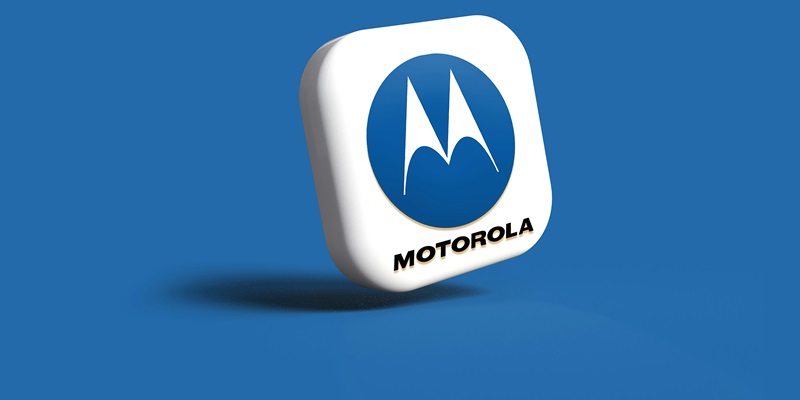The upcoming release of the Motorola Edge 50 Neo has generated considerable excitement among tech enthusiasts and industry watchers. According to leaker Sudhanshu Ambhore, the Edge 50 Neo will come in two storage variants: one with 8 GB of RAM and 256 GB of internal storage, and the other boasting 12 GB of RAM and 512 GB of storage. This range of options promises to cater to a variety of user needs without compromising on essential features. While the specifics around pricing remain under wraps, it’s evident that Motorola is strategically positioning the Edge 50 Neo to appeal to a broad audience.
Expected Features and Color Options
Storage Variants and Performance Expectations
The Motorola Edge 50 Neo sets itself apart with its two distinct storage variants, making it a highly adaptable device for users with varying needs. One variant features 8 GB of RAM coupled with 256 GB of internal storage, providing ample space for everyday use. Users who require more robust performance can opt for the 12 GB RAM and 512 GB storage version, ensuring that the phone remains responsive and versatile even under demanding conditions. These configurations highlight Motorola’s commitment to delivering options that align with a range of user preferences.
The Edge 50 Neo is expected to retain the core concept of its predecessor, the Edge 40 Neo. The Edge 40 Neo was noted for its balanced performance despite being a slightly pared-down version of the Edge 40, equipped with the MediaTek Dimensity 7030 SoC. This chipset offered lower performance metrics but still met daily usability standards without noticeable limitations. Consequently, the Edge 50 Neo is likely to maintain this balance, providing adequate performance for everyday tasks while keeping costs in check. Motorola’s ability to strike this balance could make the Edge 50 Neo a compelling option for those seeking a reliable yet budget-friendly smartphone.
Aesthetic Options and Pantone Collaboration
The Edge 50 Neo will reportedly be available in four striking color options: Gray, Blue, Poinciana, and Milk. Some of these options may offer Pantone certification, continuing Motorola’s successful collaboration with Pantone. This partnership adds a layer of aesthetic appeal to the smartphone, allowing users to choose a device that aligns with their personal style. The variety of color options also suggests Motorola’s intent to cater to a diverse customer base, appreciating that visual appeal can be as important as technical specifications for many consumers.
The continuation of Pantone-certified colors in the Edge 50 Neo emphasizes Motorola’s focus on creating visually appealing designs that stand out in the crowded smartphone market. These rich and varied color choices not only enhance the overall look of the device but also reflect a certain sophistication and understanding of contemporary trends. Such innovations in design, coupled with dependable performance, position the Edge 50 Neo as a well-rounded offering in Motorola’s mid-range lineup.
Broader Motorola Lineup and Market Strategy
Recent Reviews of Motorola’s Other Offerings
Motorola recently launched the Edge 50 Ultra and Edge 50 Fusion smartphones, which have already received comprehensive reviews. Although these devices have experienced some cuts in specifications compared to flagship models, they were found to provide substantial value, particularly in terms of storage capacity and battery life. These reviews indicate that Motorola remains committed to offering products that deliver solid performance and essential features at competitive price points, aligning with the needs of a broader market.
The release of the Edge 50 Ultra and Edge 50 Fusion reflects Motorola’s strategy to offer a diverse range of smartphones that cater to varied consumer preferences. By maintaining a focus on essential features and performance, Motorola ensures that even its mid-range and budget models provide a satisfying user experience. This approach helps the brand maintain a strong presence in an increasingly competitive market, where balancing affordability and performance is crucial for capturing and retaining a loyal customer base.
Market Position and Consumer Expectations
The imminent launch of the Motorola Edge 50 Neo has stirred significant interest among tech enthusiasts and industry analysts alike. According to tech leaker Sudhanshu Ambhore, the Edge 50 Neo will be available in two distinct configurations: one featuring 8 GB of RAM coupled with 256 GB of internal storage, and another higher-tier model with 12 GB of RAM and 512 GB of storage. This variety ensures that users can choose a model tailored to their specific needs, whether they prioritize extended multitasking capabilities or larger storage capacity for apps, media, and files.
Although Motorola has yet to disclose the exact pricing details, it’s clear the company intends to position the Edge 50 Neo as an appealing option for a wide range of consumers. By offering these different variants, Motorola aims to cater to both average users looking for a robust phone and power users requiring higher performance for demanding applications. The Edge 50 Neo’s anticipated release has certainly set the stage for an exciting addition to Motorola’s lineup, aiming to combine advanced functionality with versatility.

